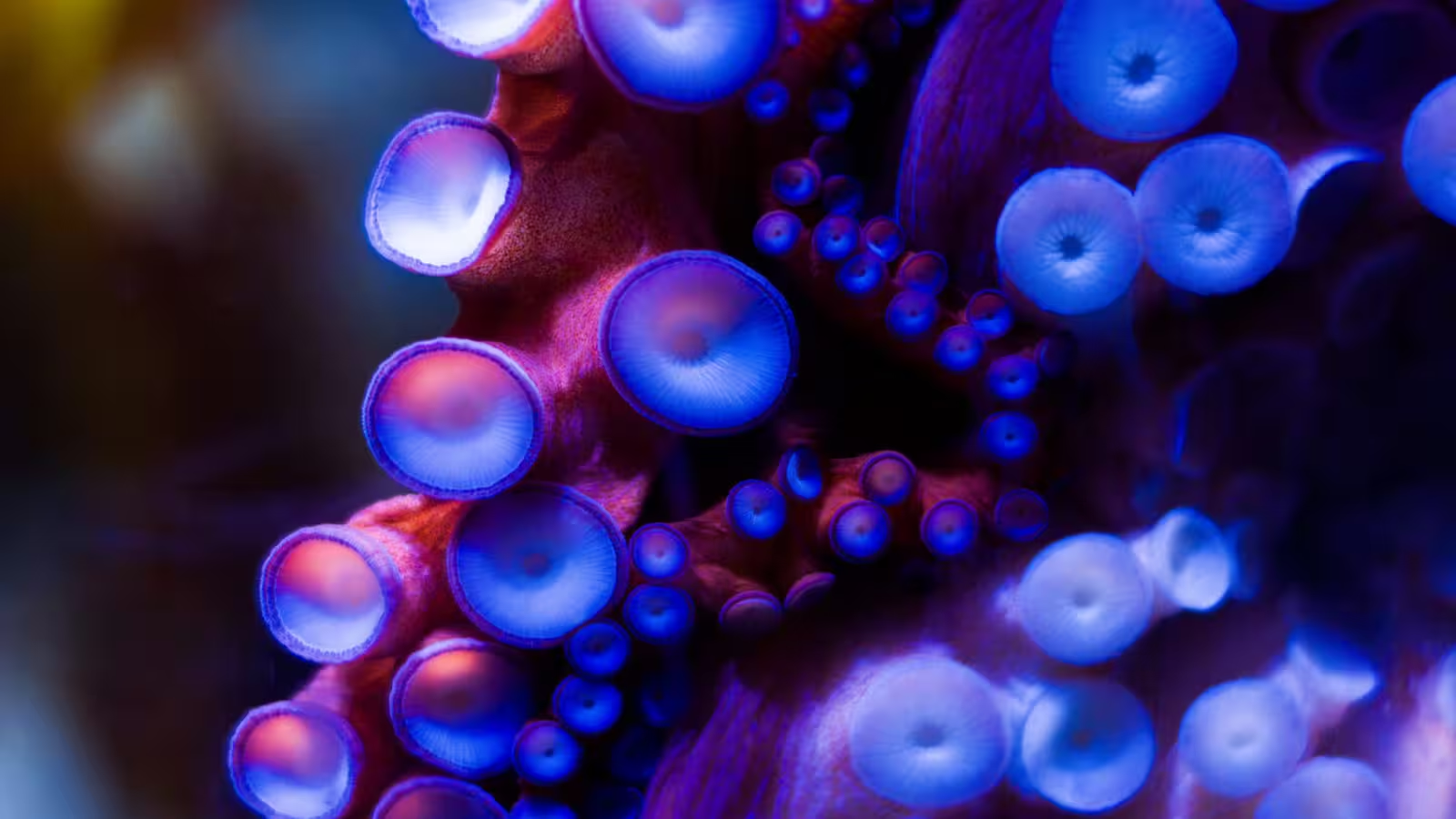6 Minutes
Nature-Inspired Engineering: The Rise of Robotic Suckers
The field of biomimicry—engineering innovations inspired by the remarkable designs and mechanisms found in living organisms—has ushered in a new era for robotics. From chameleon-like color-changing surfaces to agile, insect-mimicking robots, nature's evolutionary solutions continue to inspire advanced technology. Among the standout models in nature is the octopus, whose tentacles possess powerful suckers capable of gripping almost any surface, regardless of shape or texture. These natural marvels have captured the attention of scientists aiming to enhance robotic agility, adaptability, and utility in complex environments.
A ground-breaking advancement in this area has emerged from the University of Bristol, where a research team led by Tianqi Yue has developed one of the most sophisticated robotic suckers to date. By carefully studying the octopus’s unique methods of adhesion, the researchers have engineered a soft robotic sucker that nearly replicates the biological function and flexibility of its real-life counterpart.
Understanding Octopus Suckers: Biological Masterpieces
Octopus tentacles are lined with suckers that achieve exceptional suction, allowing these marine animals to maneuver across rough seabeds, capture prey, and interact with their environment. What makes octopus suckers distinct is not only their ability to mold to irregular surfaces but also their secret weapon: mucus. This secretion enhances the seal between the sucker and the surface, compensating for gaps and irregularities that could otherwise lead to suction loss.
Biologically, the process is a sophisticated interplay of sensory and muscular activities. Mechanoreceptor cells in the suckers detect the contours and textures of a target surface, relaying information to the octopus's brain. This leads to microscopic adjustments in the shape of the sucker and precisely regulated mucus deployment, creating a near-watertight seal. Muscle contractions lower internal pressure within the sucker, while controlled relaxation of these muscles enables seamless detachment.
From Biology to Robotics: Overcoming Engineering Challenges
Limitations of Conventional Artificial Suction Cups
Traditional suction cups, which often rely on vacuum pumps or mechanical pressure, face significant limitations when it comes to gripping uneven or textured surfaces like rocks or shells. Attempts to replicate natural suction have included adding micro-scale features inspired by octopus denticles (tiny tooth-like projections), but issues with air leaks and the need for complex auxiliary systems persisted.
Tianqi Yue and his team sought a better solution by delving deeper into the mechanics of octopus adhesion. Their approach focused on both the physical characteristics and the dynamic surface adaptation observed in cephalopods.
Biomimetic Design: The Water-Sealed Artificial Sucker
Revolutionizing previous designs, the Bristol team constructed their robotic sucker using a silicone sponge core for internal flexibility and an outer layer of soft silicone for external adaptability. To closely mimic the biological function of octopus mucus, they integrated an artificial fluidics system capable of dispensing water between the suction cup and the adhered surface. Although not as sticky as natural mucus—which is about five times more viscous than water—the water layer dramatically improves the suction seal, especially underwater or on highly irregular terrains.
Experimentation and Key Discoveries
Lab tests put the artificial sucker through its paces on a variety of challenging surfaces, from rough rocks to complex-shaped synthetic models. The key to its success lay in a two-step process: First, the soft silicone structure mechanically conforms to the target surface as much as possible, minimizing the initial size of any gaps. Then, the water-based fluidic system fills remaining microscopic spaces, essentially sealing the sucker and preventing rapid air or water leakage.
Through repeated trials, the water-sealed robotic suckers demonstrated the ability to cling to objects or surfaces for up to 55 times longer than conventional dry suction cups. This leap in performance showcases not only the potential of fluid-regulated adhesion mechanisms but also the practical value in applications where standard solutions fall short.
The Future of Adaptive Suction in Robotics
According to the researchers, “Our suction mechanism demonstrates the great potential of liquid regulation in improving suction adaptation and shows strong adaptive suction on challenging complex dry surfaces. It enables a unique, low-cost, clean and powerful soft adhesion strategy for next-generation robots.” These attributes make the technology particularly promising for underwater robotics, salvage operations, and autonomous exploration in hazardous or inaccessible environments, such as deep-sea caves or archaeological sites.
Broader Implications: Next Steps for Biomimetic Robotics
The advancement of octopus-inspired adhesion is situated at the intersection of marine biology, soft robotics, and materials science. By overcoming the bottlenecks of previous artificial suction cup designs through innovative use of liquid sealing and mechanical adaptation, these robotic systems herald a new generation of biomimetic robots. Potential applications extend beyond underwater environments to include medical robots (where gentle, adaptive gripping is essential), industrial automation, and even extraterrestrial missions—where adaptive adhesion could aid in planetary exploration or space debris retrieval.
Looking ahead, further research into optimizing artificial mucus analogs, advanced sensors, and more refined actuation mechanisms could push the capabilities of such robotic arms even closer to the exceptional performance of their natural inspirations. As entire tentacles of these advanced suckers come online, expect a new wave of robots that combine the intelligence of artificial systems with the elegance and adaptability of nature’s engineering.
Conclusion
The latest breakthroughs in robotic suckers inspired by the octopus represent a leap forward in soft robotics and biomimetic engineering. By successfully mimicking both the structural and functional aspects of biological suckers—including the deployment of a water-based sealing system—researchers are paving the way for robots that can reliably grasp, manipulate, and interact with the natural world as never before. This technology could transform underwater exploration, rescue missions, and delicate industrial operations, proving once again that nature offers blueprints for some of the most effective technological solutions.



Comments